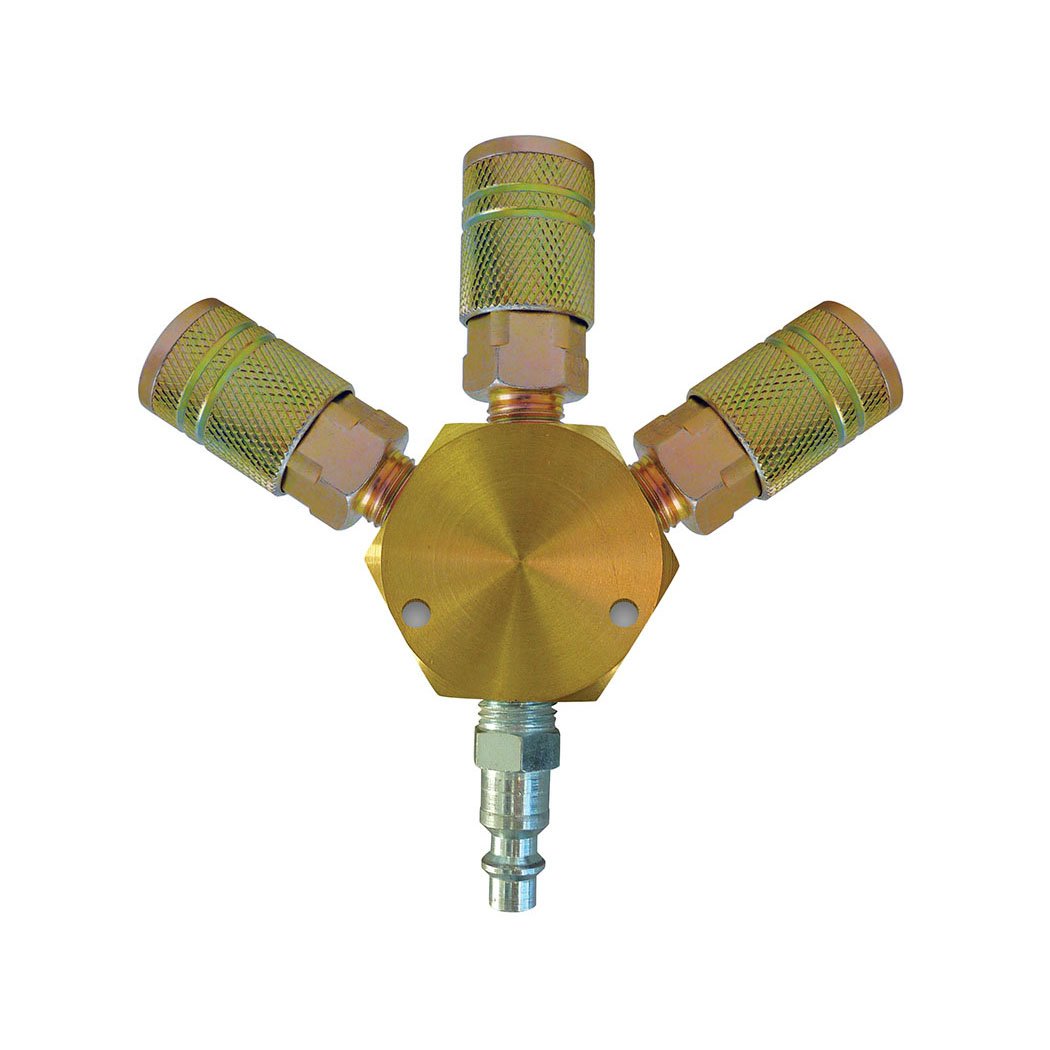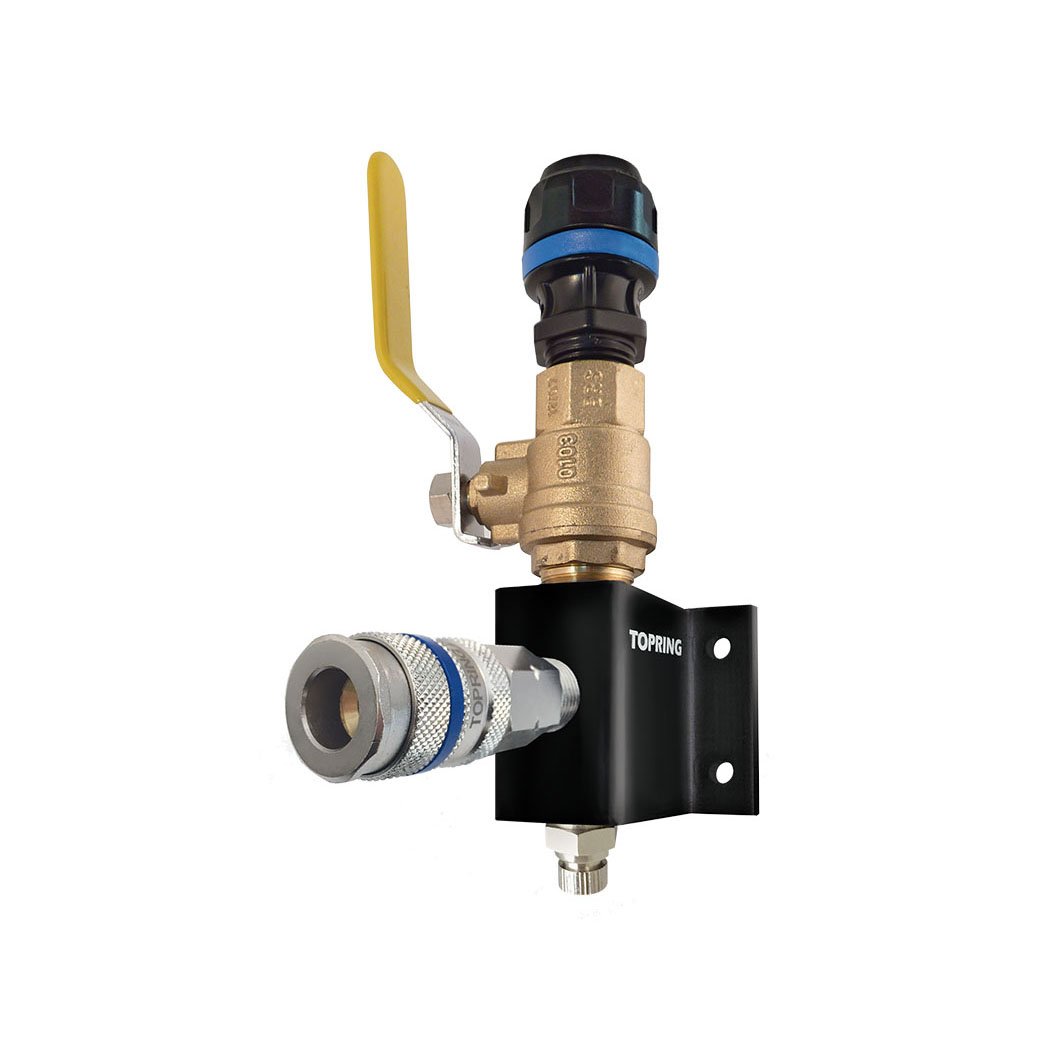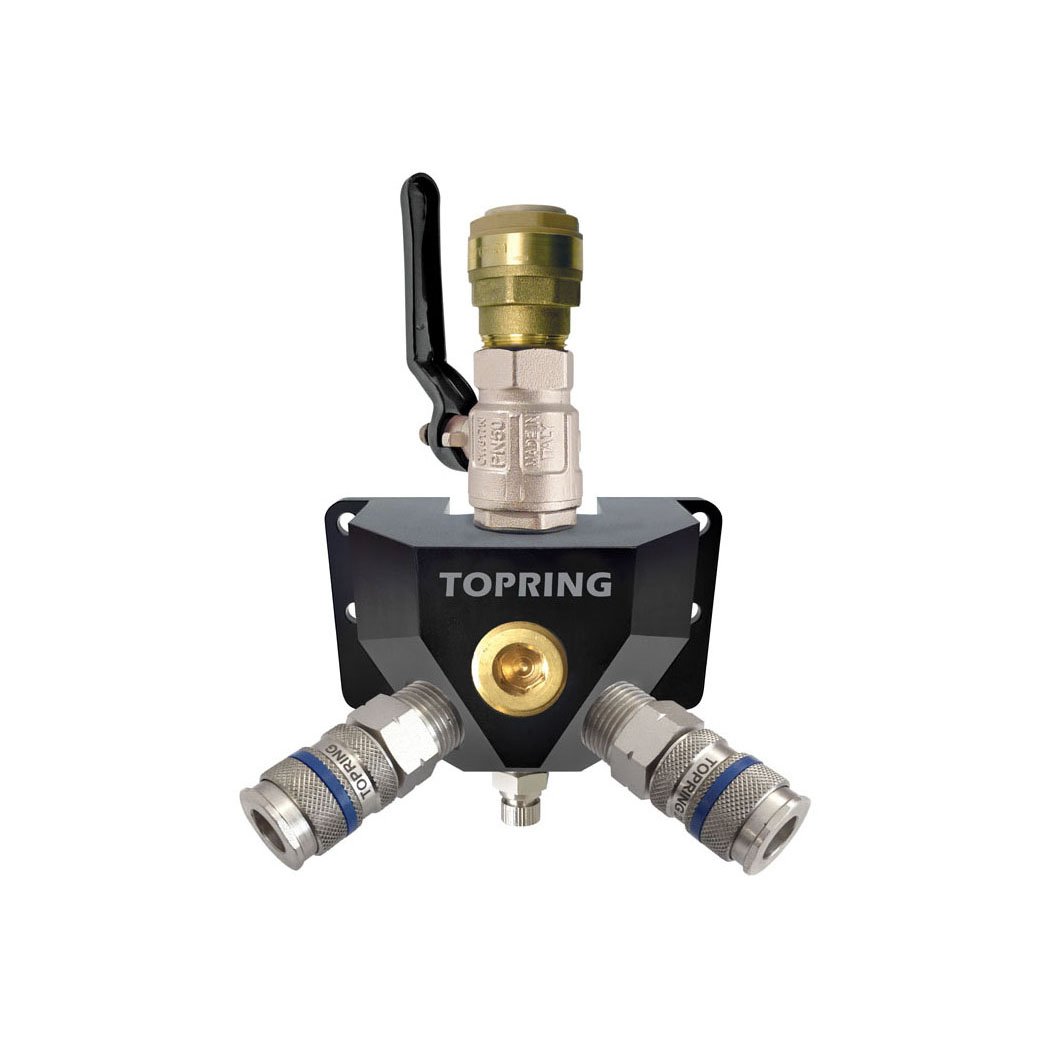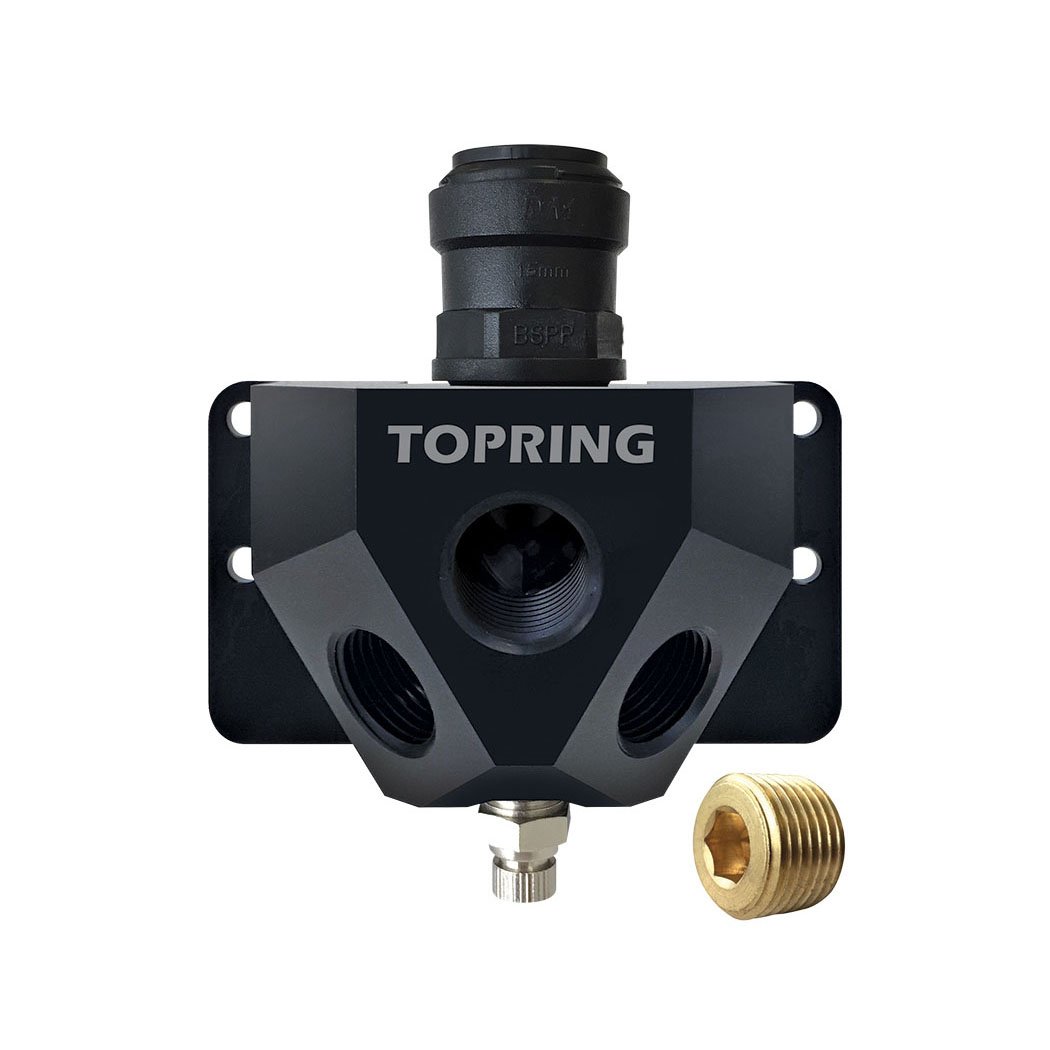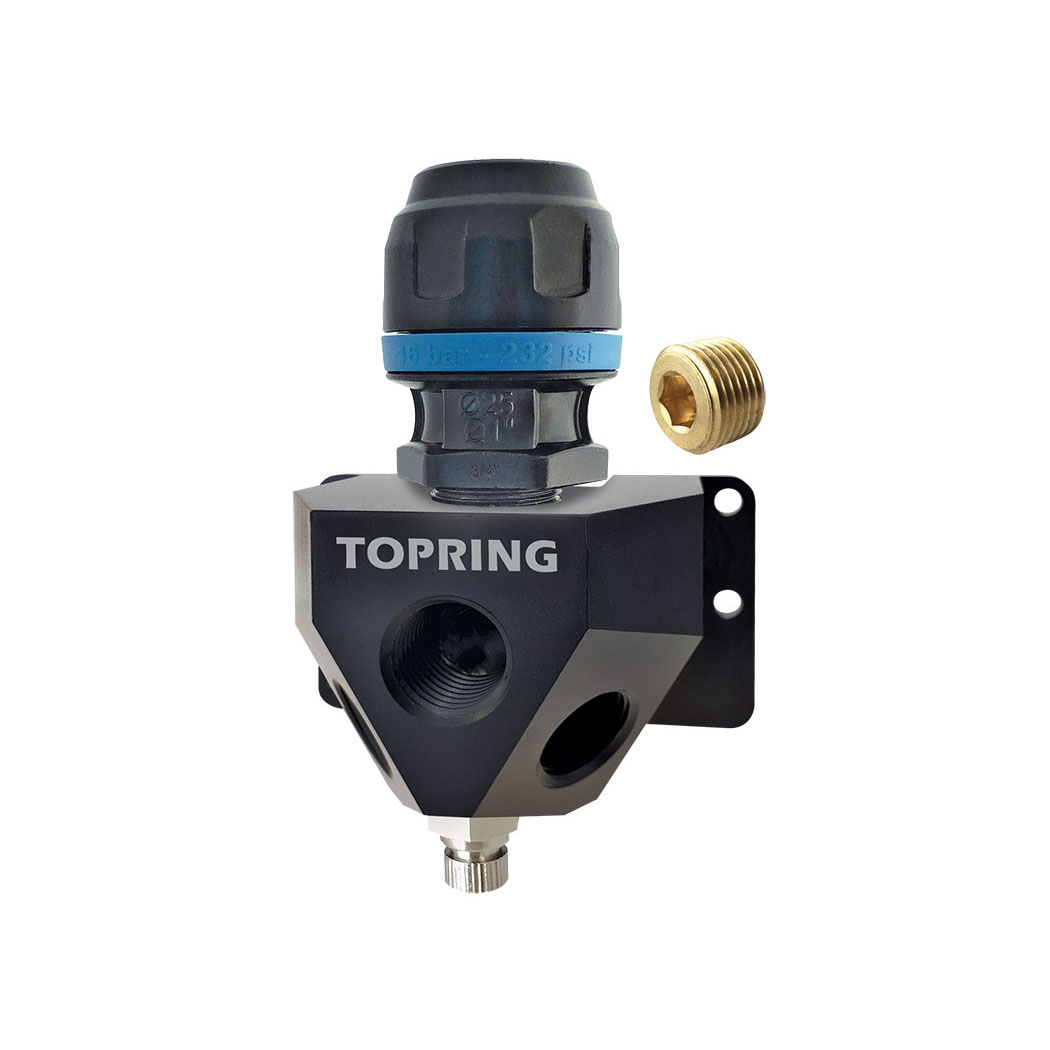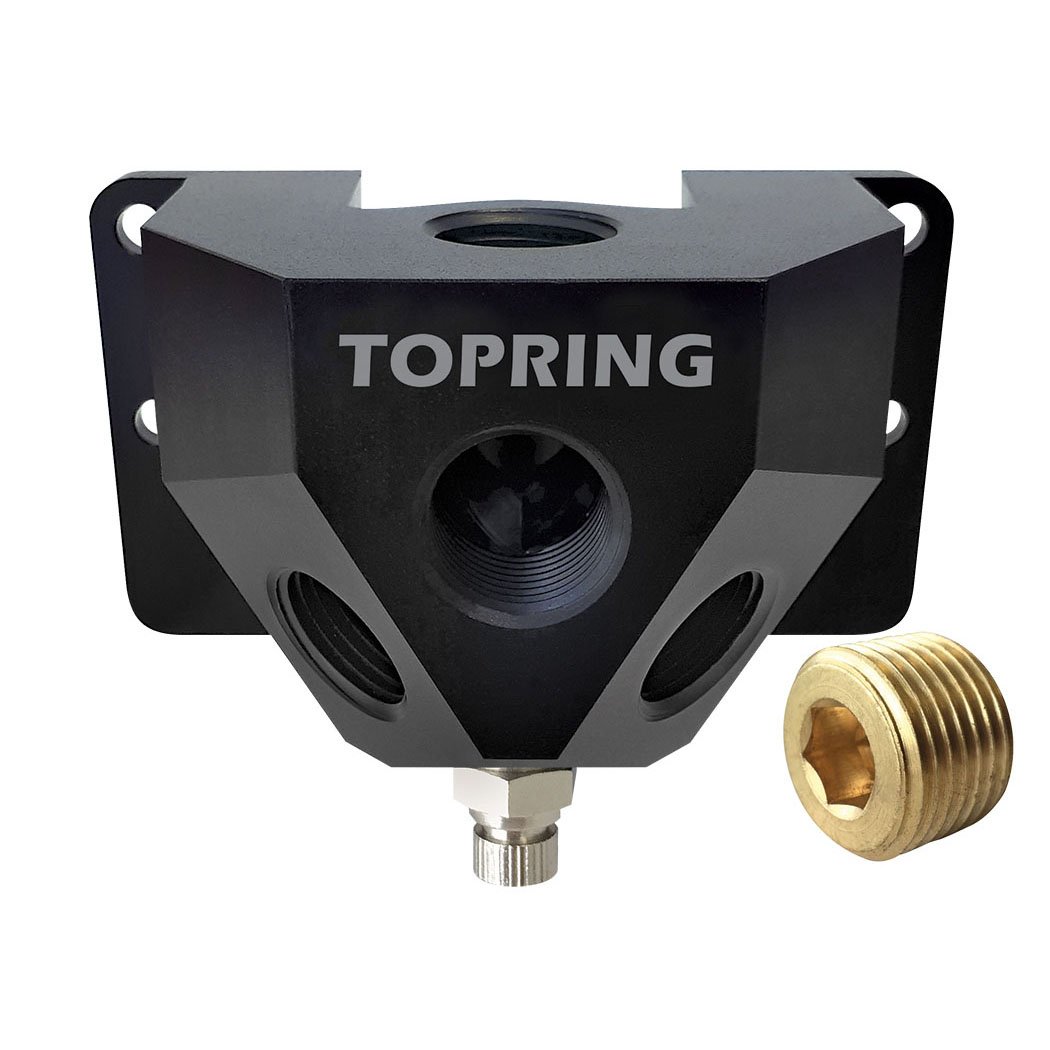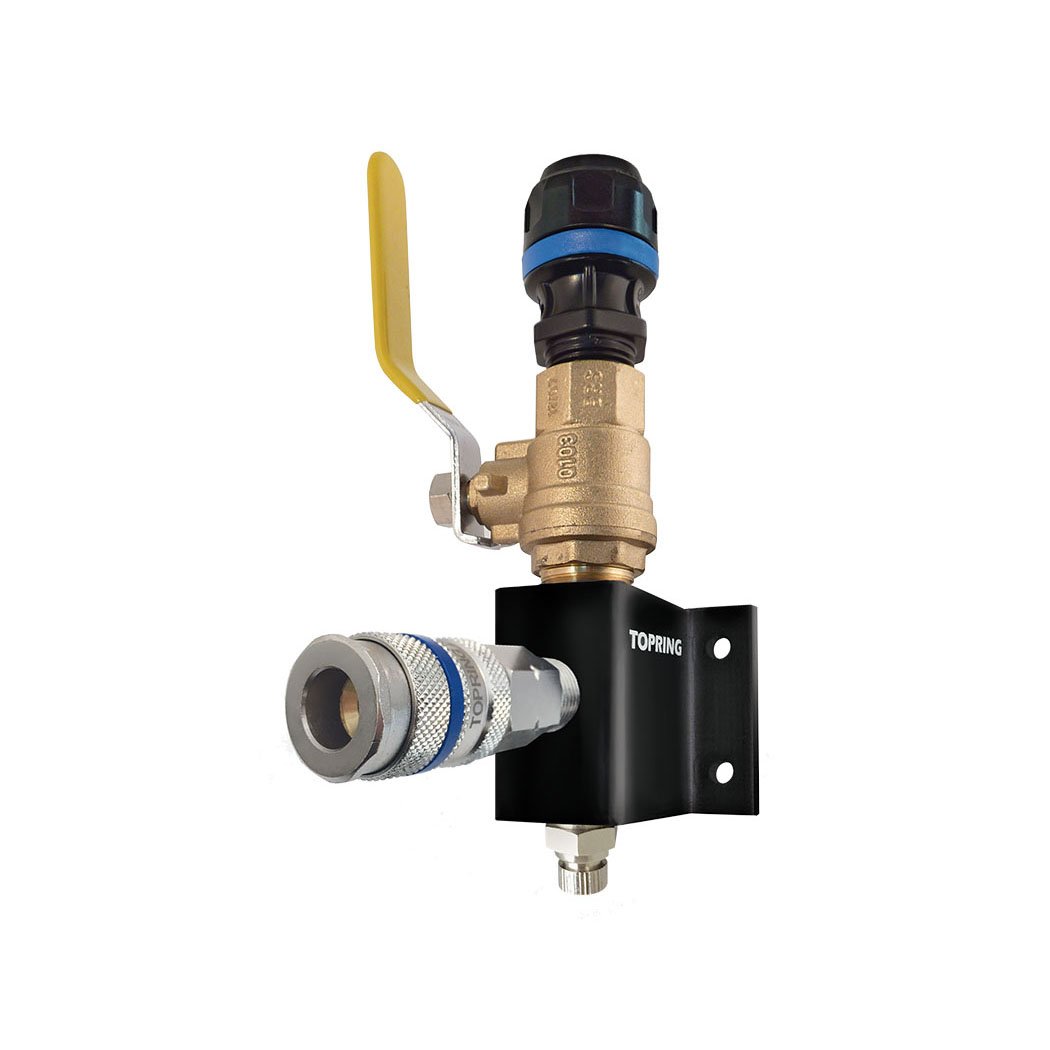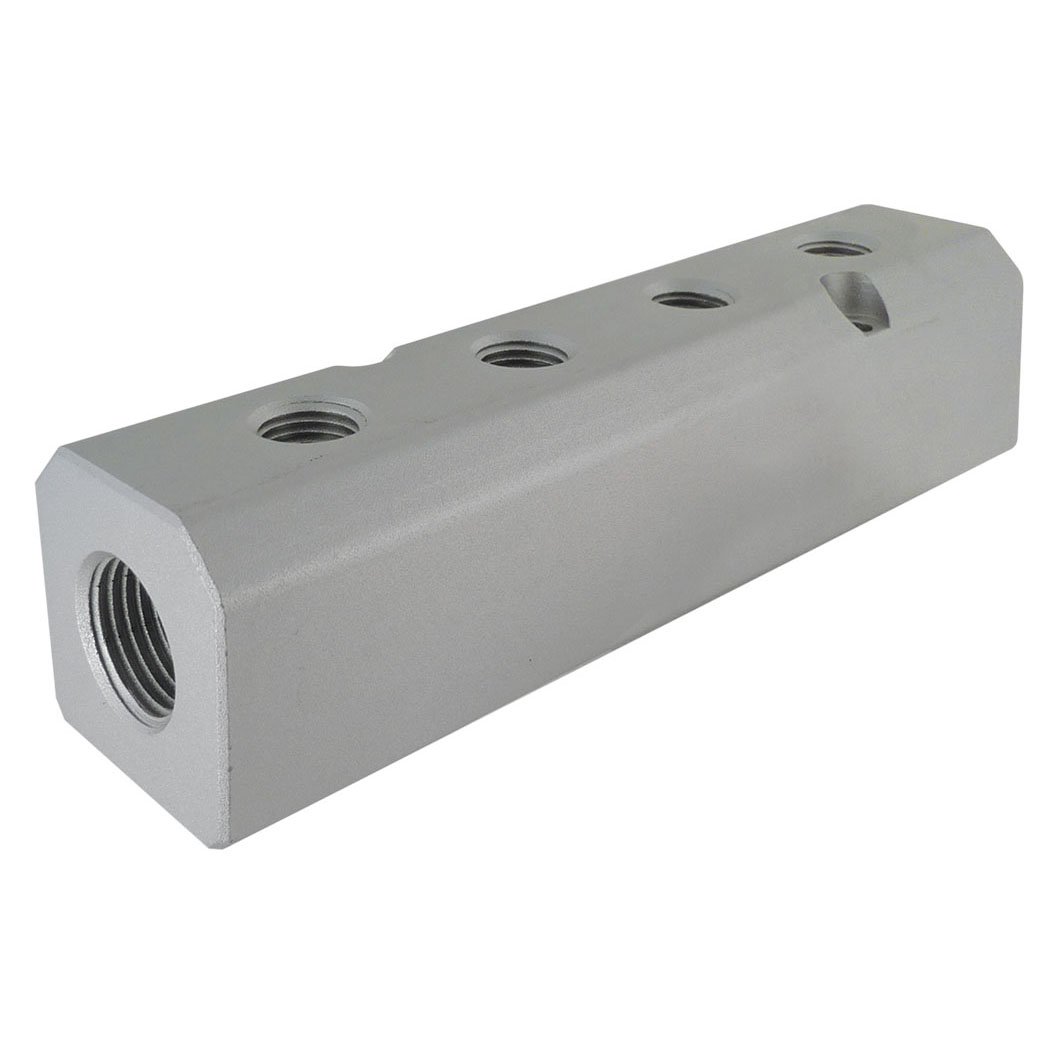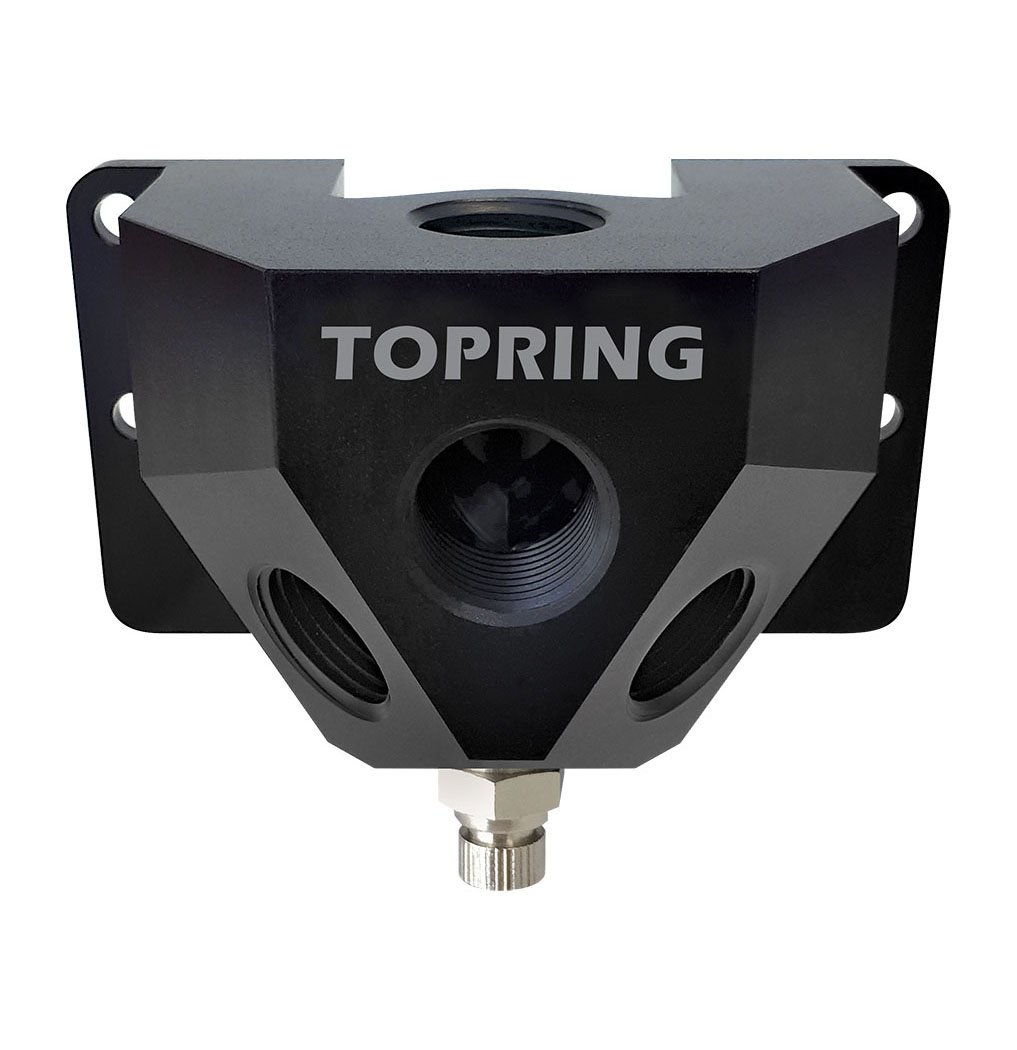Distributeurs
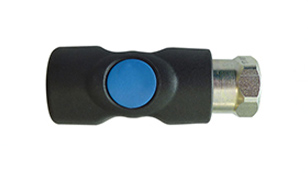
- …
Guide complet de sélection des distributeurs pour les systèmes d'air comprimé
Les distributeurs (muraux ou en barres) sont des composants essentiels des systèmes d'air comprimé. Ils divisent une seule conduite d'air comprimé en plusieurs branches, ce qui permet de distribuer l'air comprimé à divers outils, machines ou postes de travail dans une installation. Ils servent de points centraux où de multiples connexions peuvent être effectuées, ce qui permet une distribution efficace et organisée de l'air comprimé.
En considérant les facteurs (ci-dessous) de manière exhaustive, vous pouvez sélectionner un distributeur et ses composants associés qui répondent aux exigences spécifiques de chaque goutte de votre système d'air comprimé, assurant ainsi un fonctionnement efficace, une durabilité et une compatibilité avec les besoins de votre application.
Nombre de sorties requises :
Déterminez le nombre de sorties nécessaires sur le distributeur en fonction des connexions requises pour vos outils à air comprimé, équipements ou postes de travail. Prenez en compte les besoins actuels ainsi que les expansions futures potentielles. Les sorties peuvent être bloquées par un bouchon lorsqu'ils ne sont pas utilisés.
Purgeur ou pas :
Évaluez les niveaux d'humidité dans votre système d'air comprimé. Dans les environnements très humides ou dans lesquels l'accumulation d'humidité est fréquente, optez pour un distributeur doté d'une fonction de vidange afin d'éviter l'accumulation de condensat, qui peut entraîner la corrosion et le dysfonctionnement de l'équipement pneumatique.
Matériau et environnement :
Tenez compte des conditions environnementales de votre application, telles que la température, l'humidité, la présence de substances corrosives et l'exposition aux éléments extérieurs. Choisissez un distributeur fabriqué dans des matériaux résistants à la corrosion et à la dégradation, comme l'aluminium, pour garantir la longévité et la fiabilité des performances dans l'environnement donné. De même, sélectionnez des raccords rapides fabriqués à partir de matériaux durables qui résistent aux mêmes facteurs environnementaux.
Corresponds au besoin en SCFM :
Certains distributeurs sont assemblés avec un ou plusieurs raccords rapides. Pour sélectionner l'assemblage approprié, déterminez les exigences SCFM de vos outils et équipements pneumatiques. Le fabricant fournit généralement cette information, qui peut également être calculée sur la base du taux de consommation d'air de l'outil. Choisissez une taille de raccord rapide capable de supporter le SCFM requis pour assurer le bon fonctionnement de vos outils.
Fréquence d'utilisation et variété des outils :
Évaluez la fréquence d'utilisation de vos outils pneumatiques ou des composants qui seront branchés sur le collecteur. Examinez s'il y aura des variations dans l'utilisation des outils ou si des outils supplémentaires peuvent être ajoutés. Par exemple, si un outil doit être branché ou débranché d'un collecteur plusieurs fois par jour, le choix d'un raccord rapide permettant une déconnexion d'une seule main ou une déconnexion sans pression doit être prioritaire.
Configuration des ports :
Tenez compte de la disposition et de l'agencement des orifices sur le collecteur pour assurer la compatibilité avec votre système d'air comprimé et le positionnement des outils ou de l'équipement. Choisissez un collecteur ou un répartiteur d'air dont la configuration des orifices permet un accès et un raccordement faciles des dispositifs pneumatiques, en tenant compte des contraintes d'espace ou des exigences d'installation.
Besoin d'une valve quart de tour :
Déterminez si vous avez besoin de vannes à bille pour contrôler individuellement le débit d'air de chaque collecteur de votre système. Les vannes à bille constituent un moyen pratique de fermer le flux d'air vers des ports spécifiques lorsqu'il n'est pas utilisé, ce qui permet de réduire la consommation d'énergie et d'éviter les fuites. Évaluez si le contrôle supplémentaire et la commodité des vannes à bille sont nécessaires pour votre application.



